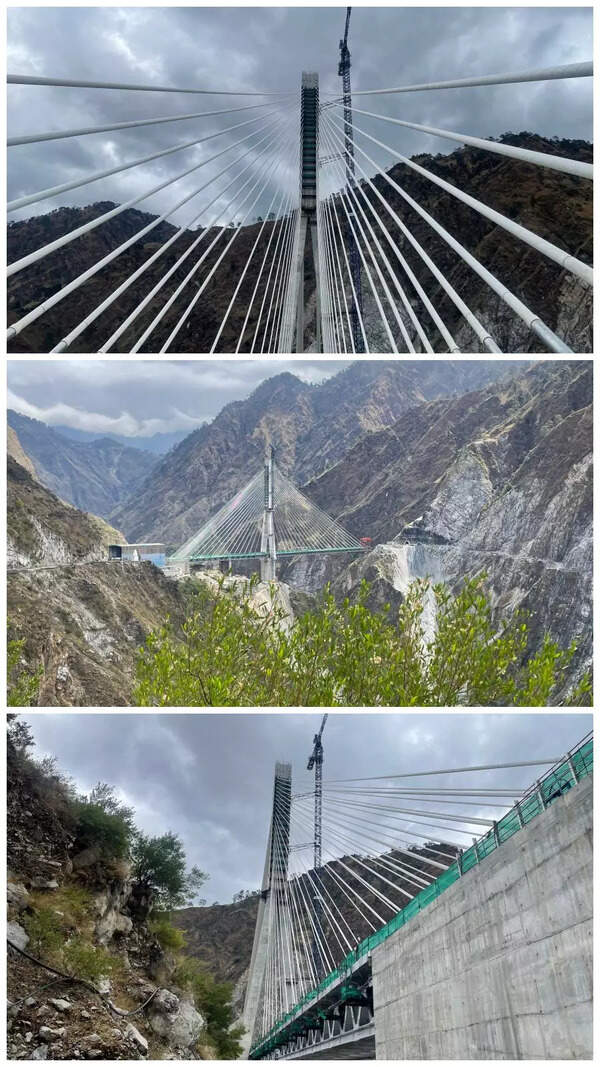- News
- City News
- bhubaneswar News
- When plantation is not enough
Trending Topics
When plantation is not enough

Representative image
In November last year, India became part of the Mangrove Alliance for Climate at COP 27. The mission to conserve and preserve mangroves as a natural storehouse of carbon dioxide got a fillip when Union finance minister Nirmala Sitharaman announced the launch of the Mangrove Initiative for Shoreline Habitats & Tangible Incomes (Mishti).
In recent years, Odisha has seen the highest rise in mangrove cover (8 sq km from 2019 to 2021), according to the Forest Survey Report, 2021. But beyond the policies and the fine print, challenges remain as the mangroves’ existence and sustenance face threats from illegal prawn farming increasing the salinity of the water or the rising sea level.
The rising sea
The rising sea level is a threat to the biodiversity of the mangroves not just in Odisha but globally as well, says water and climate expert Ranjan Panda. “The mangroves are meant to save us from cyclones. But the sea ingress is causing so much degradation that they are now threatened by the rising sea. We do not have specific localised data on the vulnerability of mangroves in the state,” Panda adds.
The forest, environment and climate change department has taken up plantation on a mission mode. “Plantation drives are being taken up not only under government programmes, but also under MGNREGS,” says Mona Sharma, a former additional chief secretary of the department.
While planting saplings is a commendable step, Panda says it comes with the warning — “how to sustain it in the face of threats?”
The push towards mangrove plantation is not new, says environmentalist Biswajit Mohanty. “The first push came after the super cyclone in 1999. A lot of funds also came to the state. But they could not spend a chunk of it because of government land being taken over by illegal prawn farms. It remains a problem in most places, including parts of Bhitarkanika,” Mohanty says.
Problems are there, admits Sharma. “There is also a PIL which is being heard in the high court and is being regularly reviewed. Problem exists, but we are also trying to provide livelihood opportunities by involving locals in the process,” she adds.
Involving local communities is an integral part of conservation and the government is trying to do that under the Enhancing Climate Resilience of India’s Coastal Communities scheme (ECRICC) in collaboration with UNDP.
“We are urging the communities to take up more plantation and enrich the existing flora while providing alternative livelihood opportunities to the local population,” says Sharma.
Fresh worry
Mohanty makes a shocking claim. “A large chunk of Bhitarkanika mangroves could disappear in five years because of the Rengali canal irrigation project. We have raised concern that once the project is completed, the mangroves in the Brahmani delta, where the Bhitarkanika sanctuary is located, could meet the same fate as the Sunderbans after the Farakka barrage was built.
Mangroves need a mix of fresh and saline water to thrive and if freshwater is rationed, the freshwater-loving species will die. This will affect the biodiversity,” Mohanty says.
A new patch of plantation needs about a decade to grow resilience towards natural challenges. “Even if the plantation is ten times the mangrove cover that is depleted, it won’t help. The newer saplings will take nearly a decade to come to a position to withstand the vagaries of nature and climate change. Compensatory plantations will not help for decades to come.
This is not factored in the statistics that are rolled out,” argues Panda.
Since tourism is a major industry in Odisha, the forest department is also preparing a plan to propagate mangrove tourism. This will help local communities be part of the process to save the mangroves and also spread awareness.
The department is preparing a master plan for Bhitarkanika, trying to add to the number of areas people can visit keeping in mind the ecological diversity of the environment. “During the peak season, the flow of tourists is very high and these additional places will help better regulate that flow.
This will not only contribute to the local economy, but will also spread awareness about the sanctuary and its conservation,” says Sharma.
Carbon credits
The push for mangrove plantation comes with the emerging carbon credit market. “When Niti Aayog did a ranking of states based on sustainable goals parameters, Odisha ranked number one in climate action. Conservation and addressing climate change issues are entwined into the policy of increasing plantation. The mechanism for monitoring it (carbon credit) is in preparation,” says Sharma.
“For the carbon credit initiatives, it is the energy and the commerce and transport department which have major roles to play. We, as a ministry, are advocates here. The plantation is a part of it,” she adds.
Start a Conversation
FOLLOW US ON SOCIAL MEDIA
FacebookTwitterInstagramKOO APPYOUTUBE










